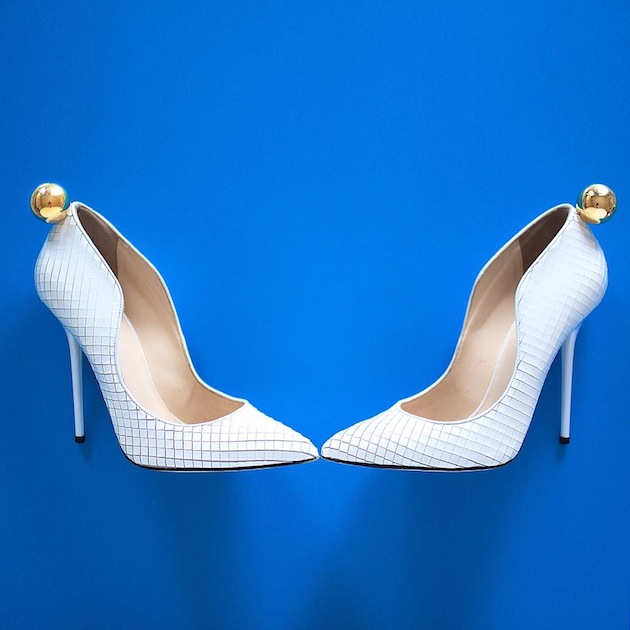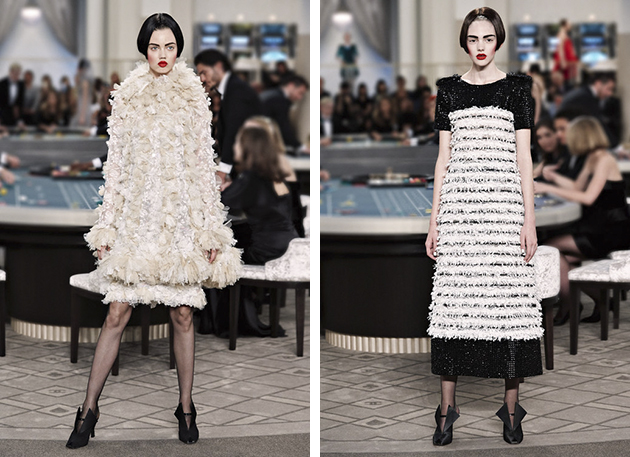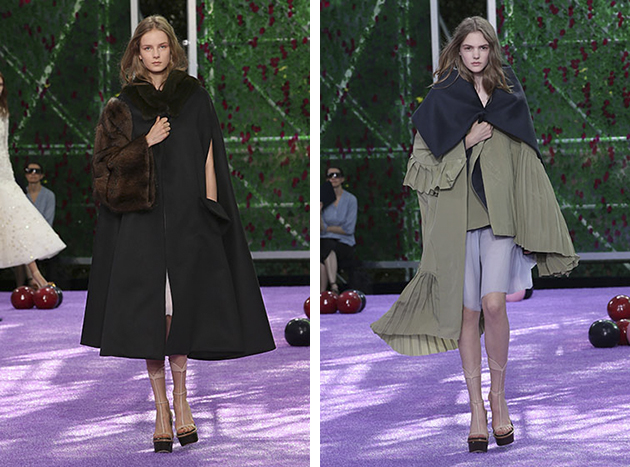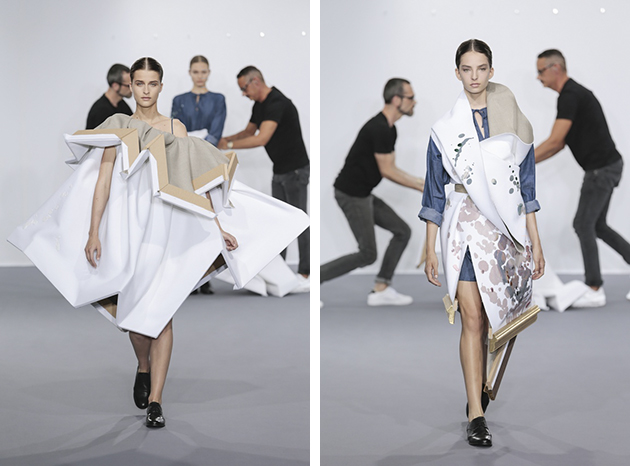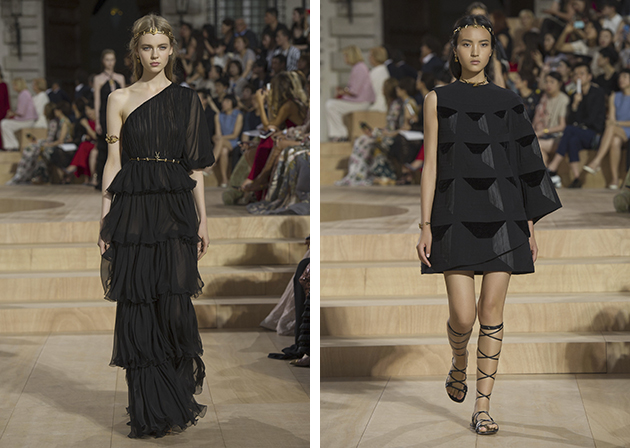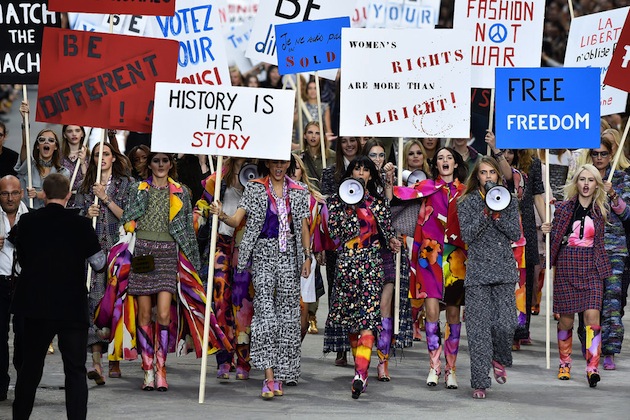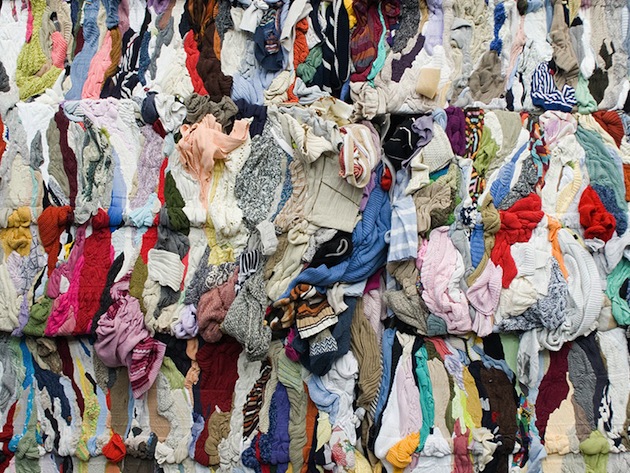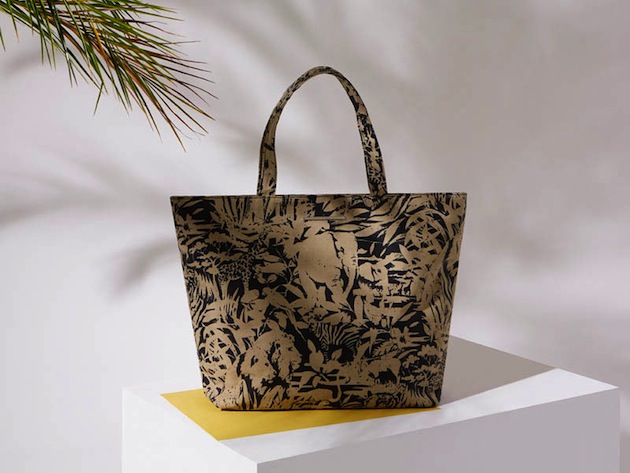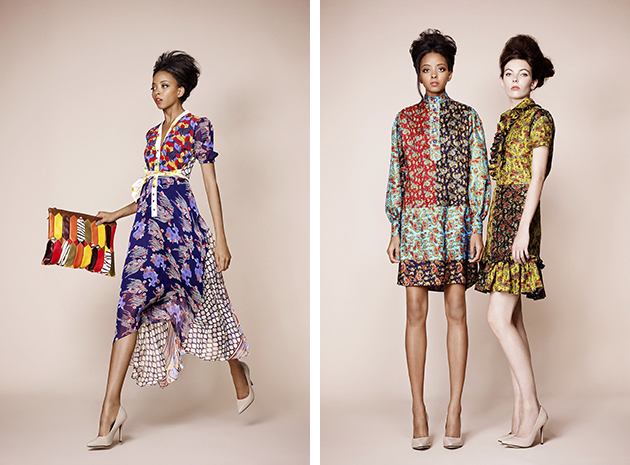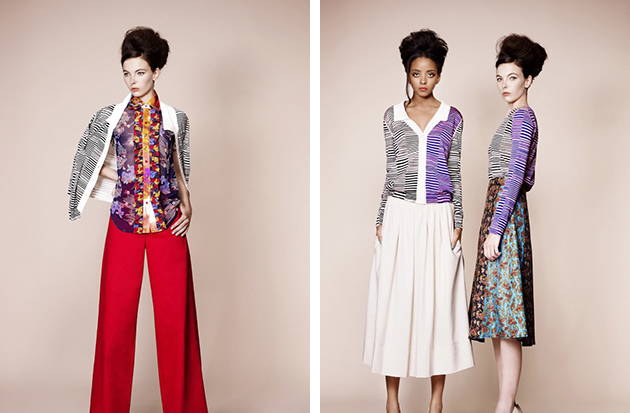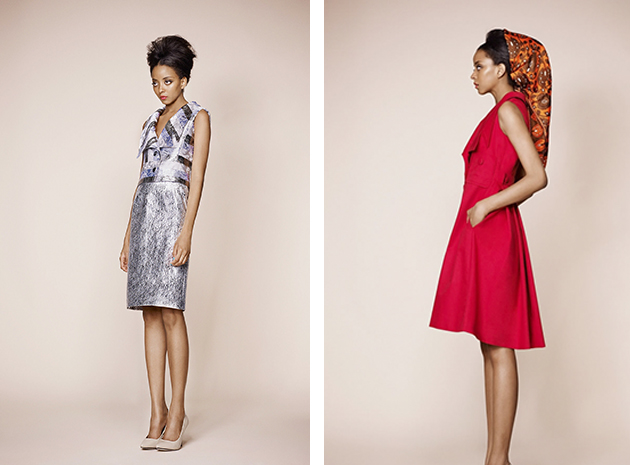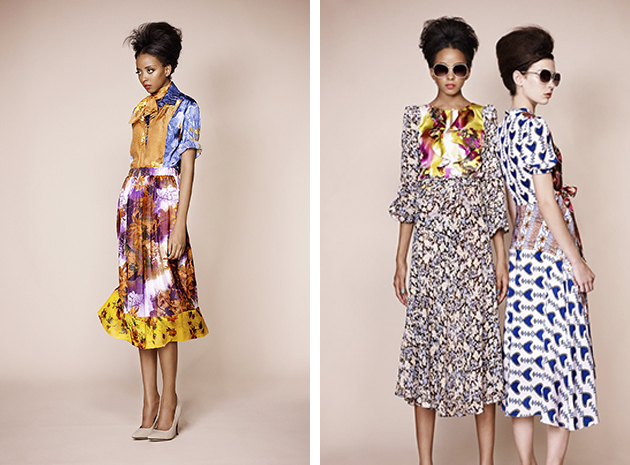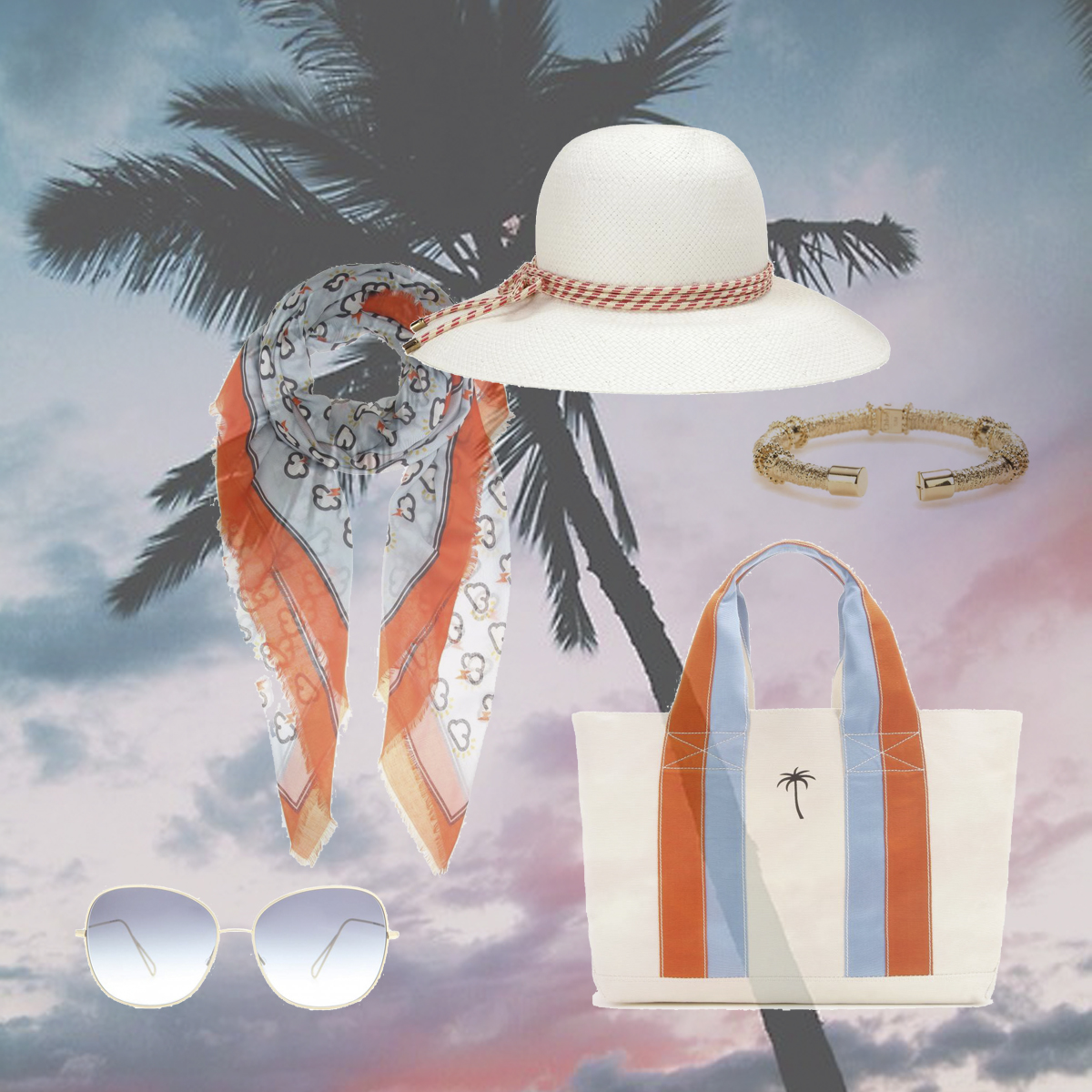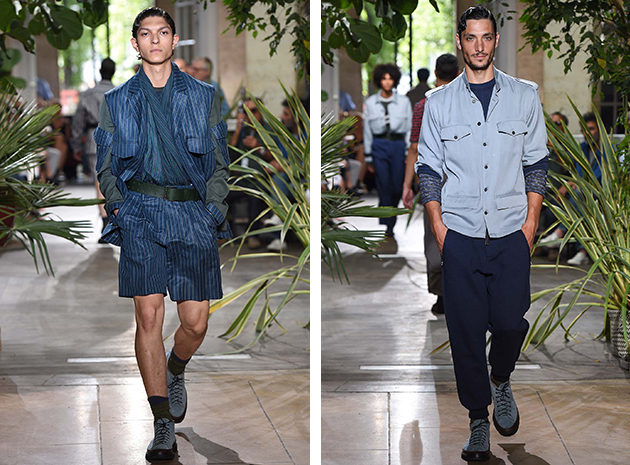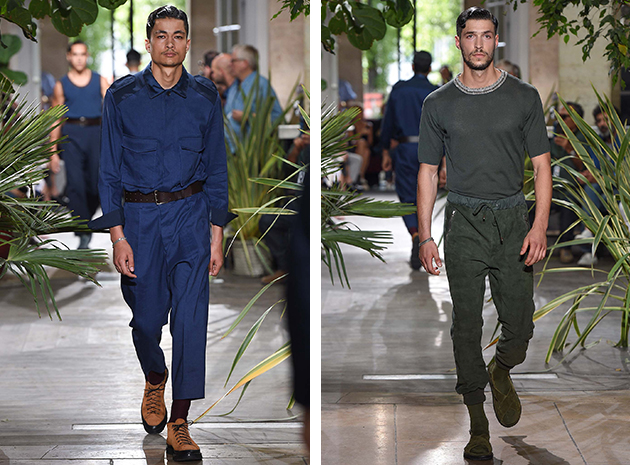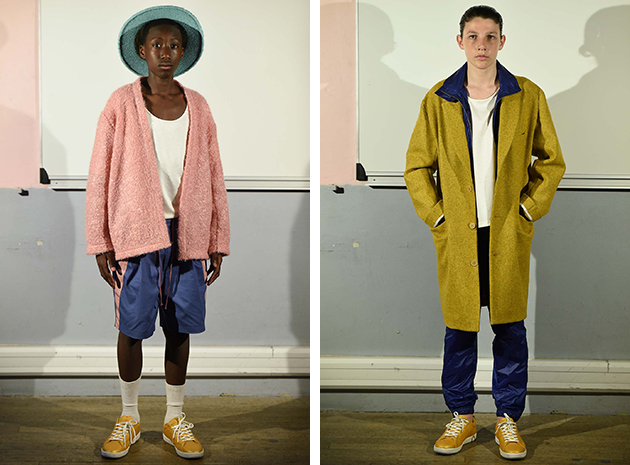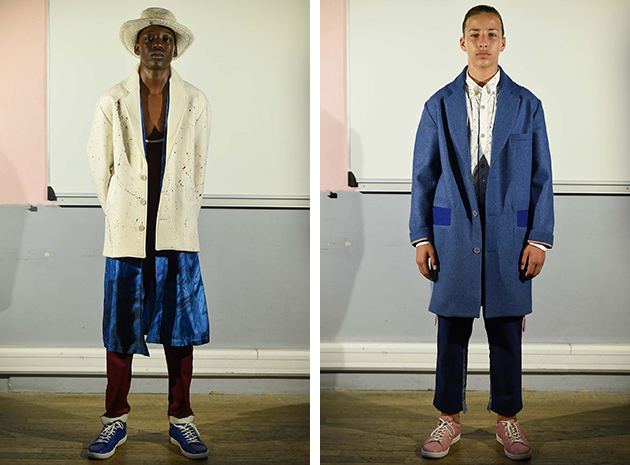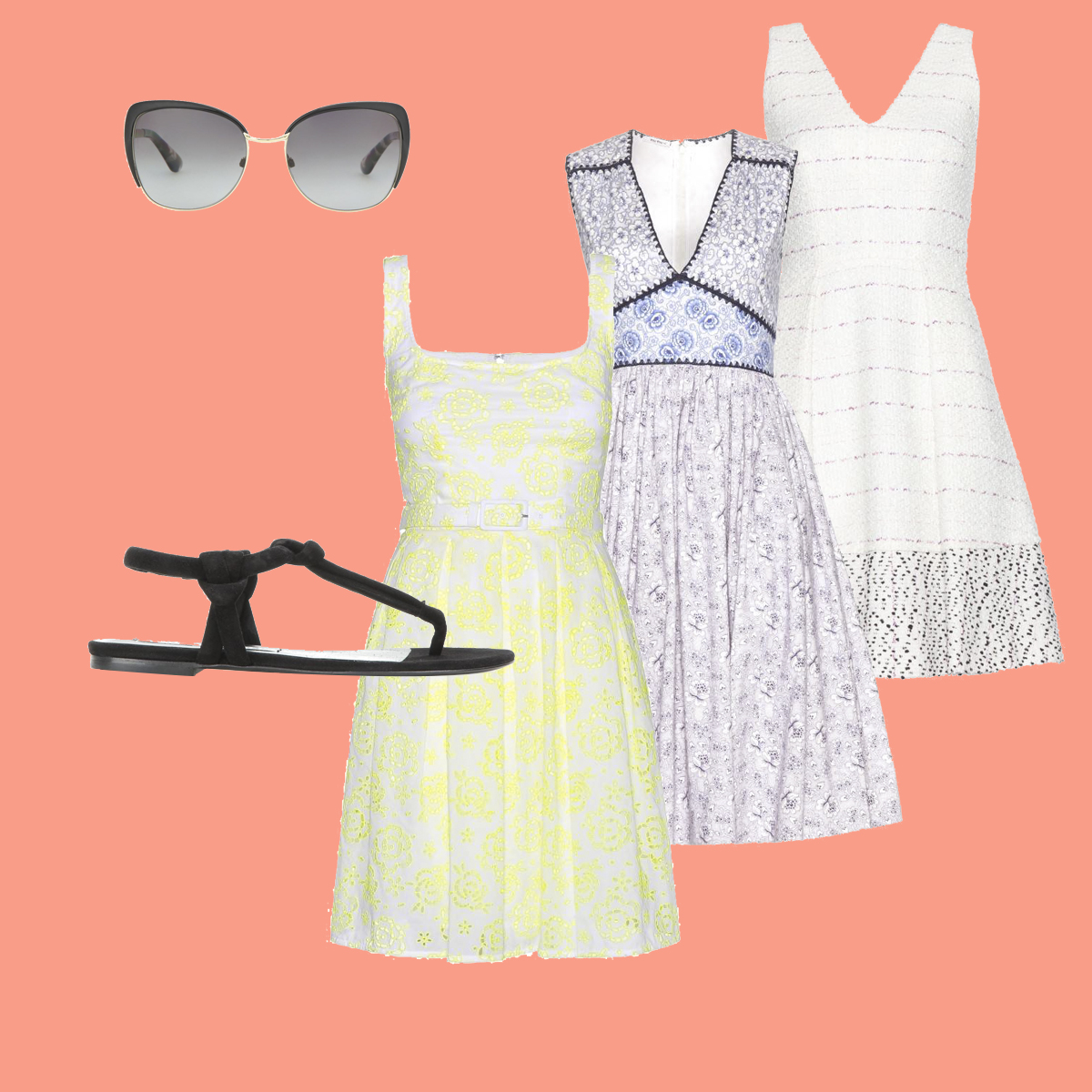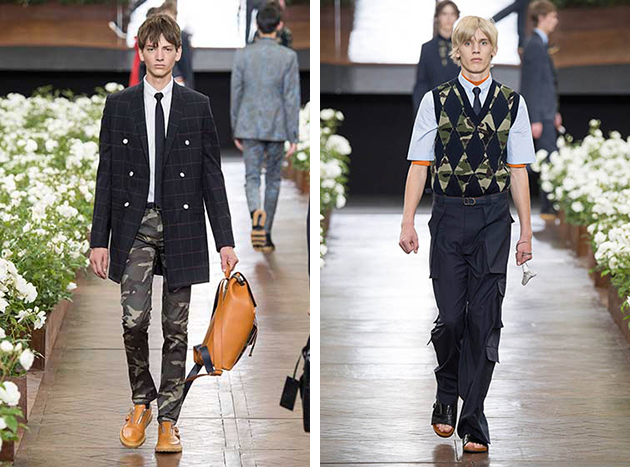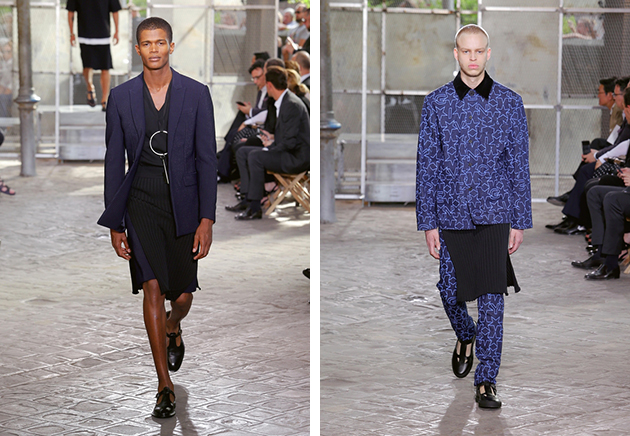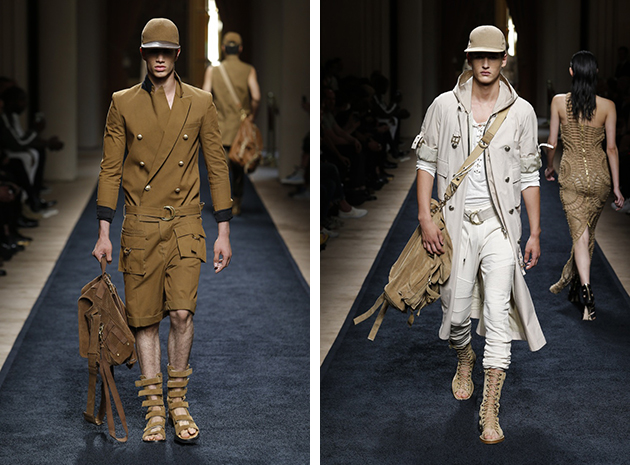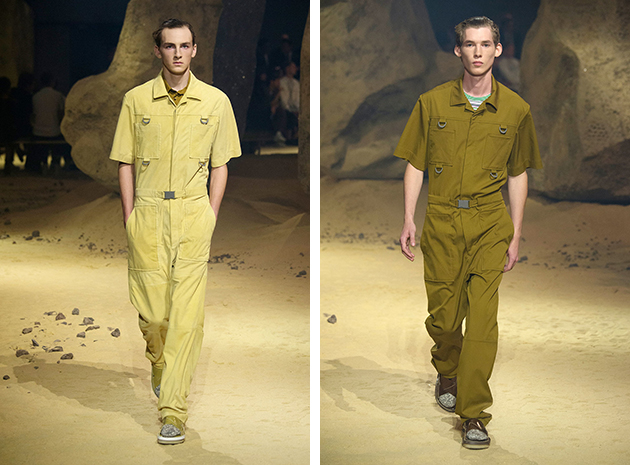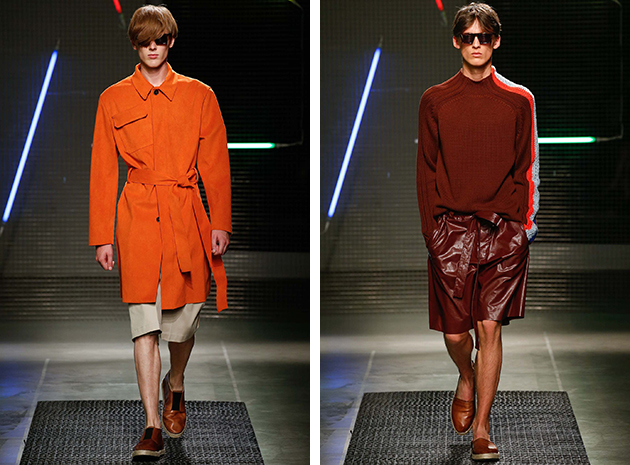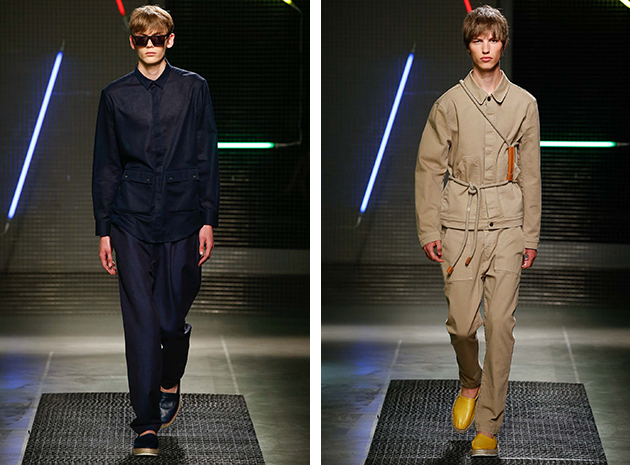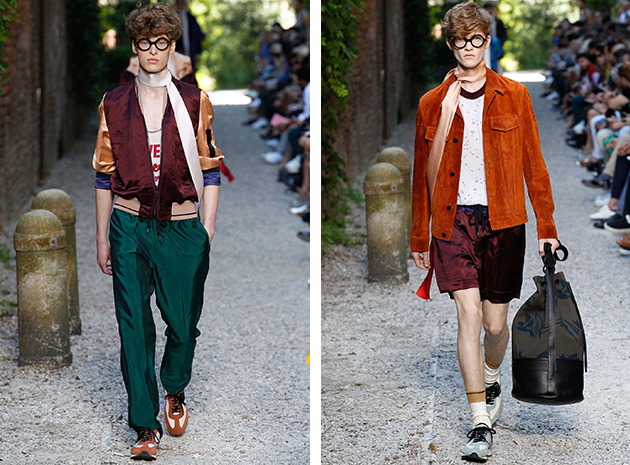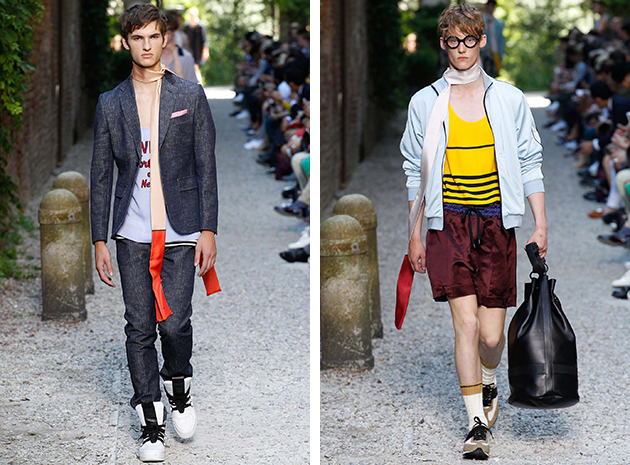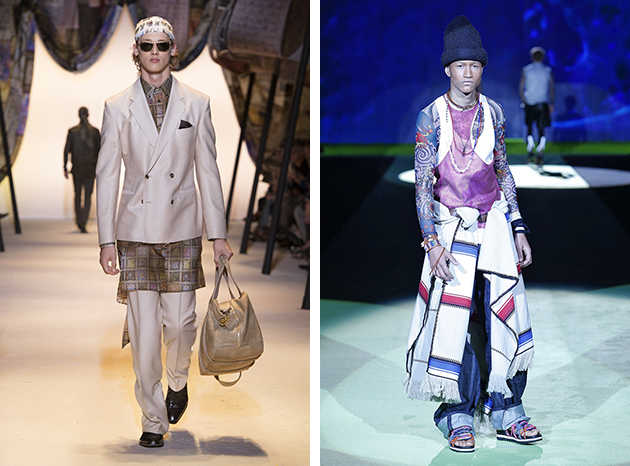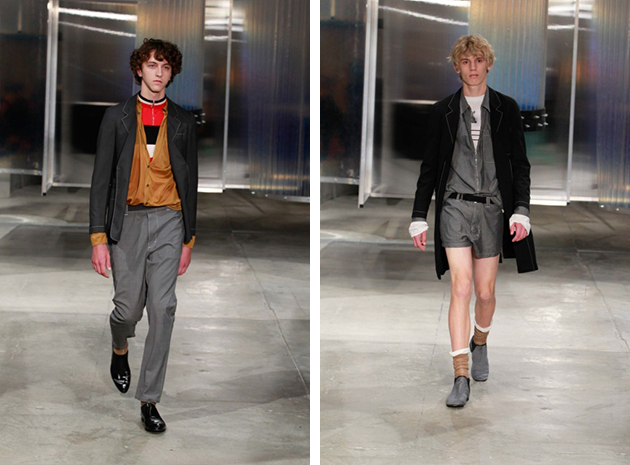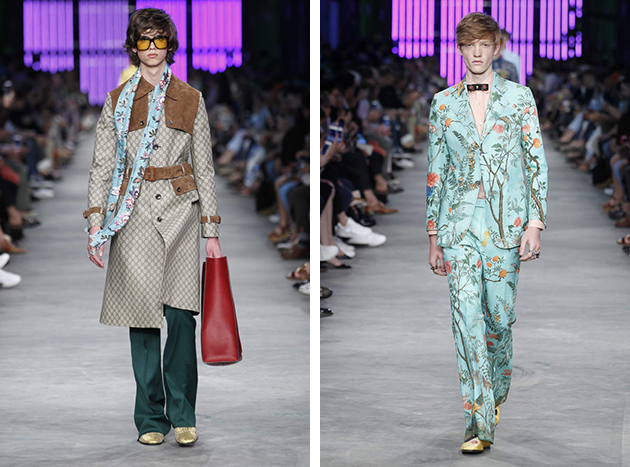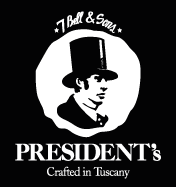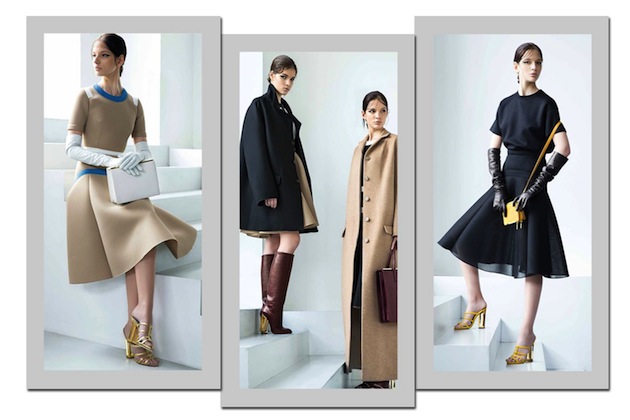
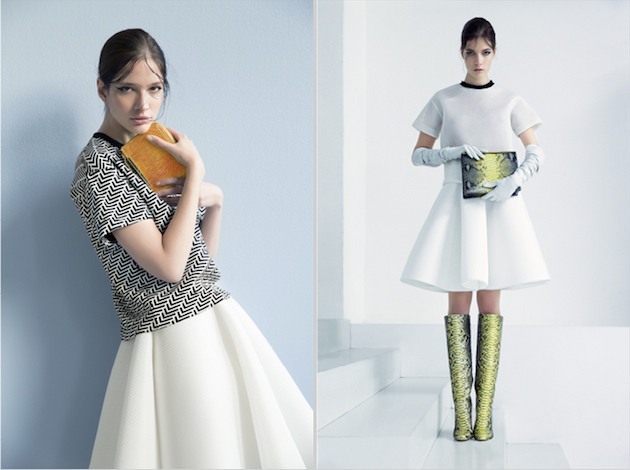
The winning designers of this year’s edition of emerging talent design competition held by the Italian Vogue, have now been announced. Three winners of “Who is on next?” are expected to be dazzling the fashion runways for the years to come. The accessory category has two lucky winners, one of them is Nicolò Beretta – the young and upcoming designer, founder of the shoe brand Giannico. Giannico is a brand known for its mix of elements such as femininity, innocence, mischief and humour, crafting shoes that already have fans among celebrities such as Lady Gaga and Karolína Kurková. The other lucky talent who won the same award for his design of bags was Carol Oyekunle, the designer and founder behind the accessory brand Lolita Lorenzo. The brand that is named after her two children was founded in 2013 and has quickly become well-known thanks to its bold, luxurious and timeless aesthetic.
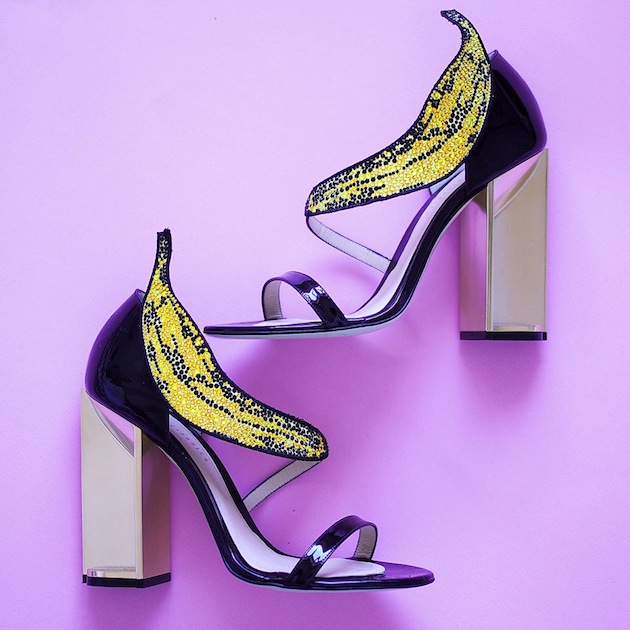
The name of the winner of the fashion category is Lee Wood, who has worked alongside Donatella Versace for 16 years before founding his own brand L72, which awarded him ”Who is on next?” prize. After studying Art and Fashion Design at the Berkshire College of Art & Design, Wood moved to London where a successful styling career began and in 1998 it brought him from London to Milan, lending a job at Versace. One of the biggest impacts Versace has had on his own work are his relations to the luxury market, which gave him a necessary experience of how a global brand functions. Wood’s own design aesthetic can be described as a classic 1950s-inspired silhouettes with a modern, sporty and colourful approach – qualities that surely brought the prize to the brand.
